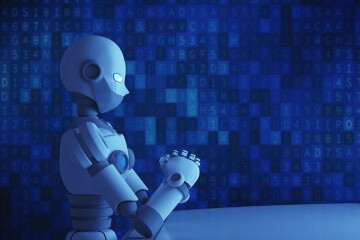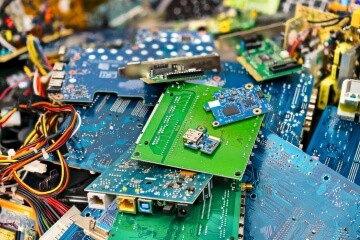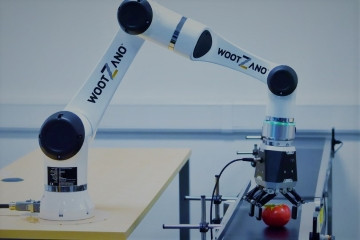Electronics Articles
Electropages Insights Blog covers the latest in electronic design through webinars and articles. Delve into topics from sensors to AI implications. Stay ahead with Electropages.
Recently, Samsung has secured a deal with Qualcomm to manufacture its next-generation 5G chipsets. Who is able to make 5nm devices, what will the Snapdragon 875 chipset provide, and why are silicon foundries struggling to achieve nanometre sized features? Whic...
5G | By Robin Mitchell | 19-09-2020
Recently, Nvidia announced its acquisition of ARM Holdings for $40 billion. Who is ARM, who are Nvidia, what has encouraged this acquisition, and why are some worried? Who is ARM Holdings? ARM is a company that designs CPUs and instruction sets with a specific...
By Sam Brown | 18-09-2020
When it comes to signal processing, noise is something that engineers go out of their way to reduce as much as possible. However, adding noise can sometimes be beneficial and allow weak signals to be more easily detectable. What is Stochastic Resonance, how do...
By Robin Mitchell | 17-09-2020
With the growing importance of IoT security and the lack of push from the industry to update systems, countries around the world are introducing a code of practices for IoT devices. What is Australia doing, what is its code of practices, and why are they impor...
By Robin Mitchell | 16-09-2020
Electropages Podcasts
In the continuing technology war between the US and China, the US is considering imposing restrictions on one of Chinas largest IC manufactures, SMIC. Who is SMIC, what do they do, and why is the US considering imposing restrictions? Who is SMIC? SMIC, an acro...
By Robin Mitchell | 15-09-2020
Artificial intelligence is said to take over most jobs, and recent advances in the field may prove this to be true. What technologies do AI system need to work in the care industry, and what challenges does AI currently face? What is AI currently used for? Art...
By Sam Brown | 14-09-2020
Researchers have demonstrated a system whereby nano pressure generators can be printed onto paper, and then interacted with over Bluetooth, which generates its own power. What is the triboelectric effect, what are the capabilities of the demonstration, and how...
By Robin Mitchell | 14-09-2020
A recent study on digital pregnancy tests shows how they are nothing more than overcomplicated paper readers that use the same technology as manual pregnancy tests used by GPs. What are disposable electronics, where are they commonly found, and should they be...
Environment | By Robin Mitchell | 11-09-2020
Software engineers have been heavily reliant on Moore’s law to get more processing power out of semiconductors, but increasing MIPS is now near its end. What problems does the semiconductor industry face, why can’t software engineers rely on decreasing instruc...
By Robin Mitchell | 10-09-2020
Robotic systems are greatly improved with the use of sensors that mimic human skin. What is e-skin, how does it work, and what do Wootzano produce? Why is robotic dexterity important? The introduction of robotics into the industrial landscape has resulted in s...
By Sam Brown | 10-09-2020
A Java vulnerability, called CVE-2020-15858, was discovered back in 2019 with a fix available since February. Now, X-Force Red, IBMs A-Team in security, is urging manufacturers to update EHS8 modules that are vulnerable from the exploit. How important is IoT s...
By Robin Mitchell | 09-09-2020
LiDAR is a technology that creates a depth map using light ranging, but the technology is expensive and bulky. How can MEMS mirrors help to bring the cost of LiDAR down, what is LiDAR, and how can LiDAR help IoT solutions? What is LiDAR? LiDAR stands for Light...
By Robin Mitchell | 09-09-2020















